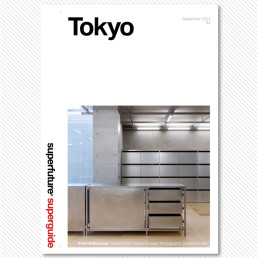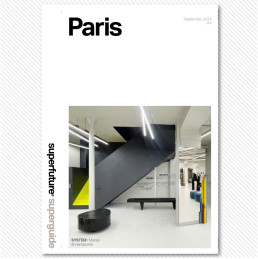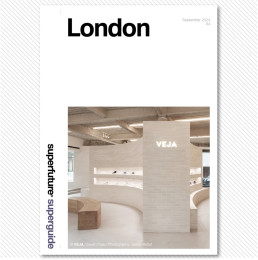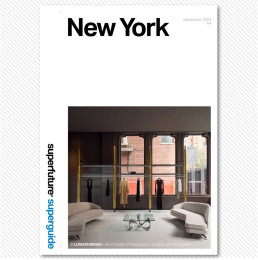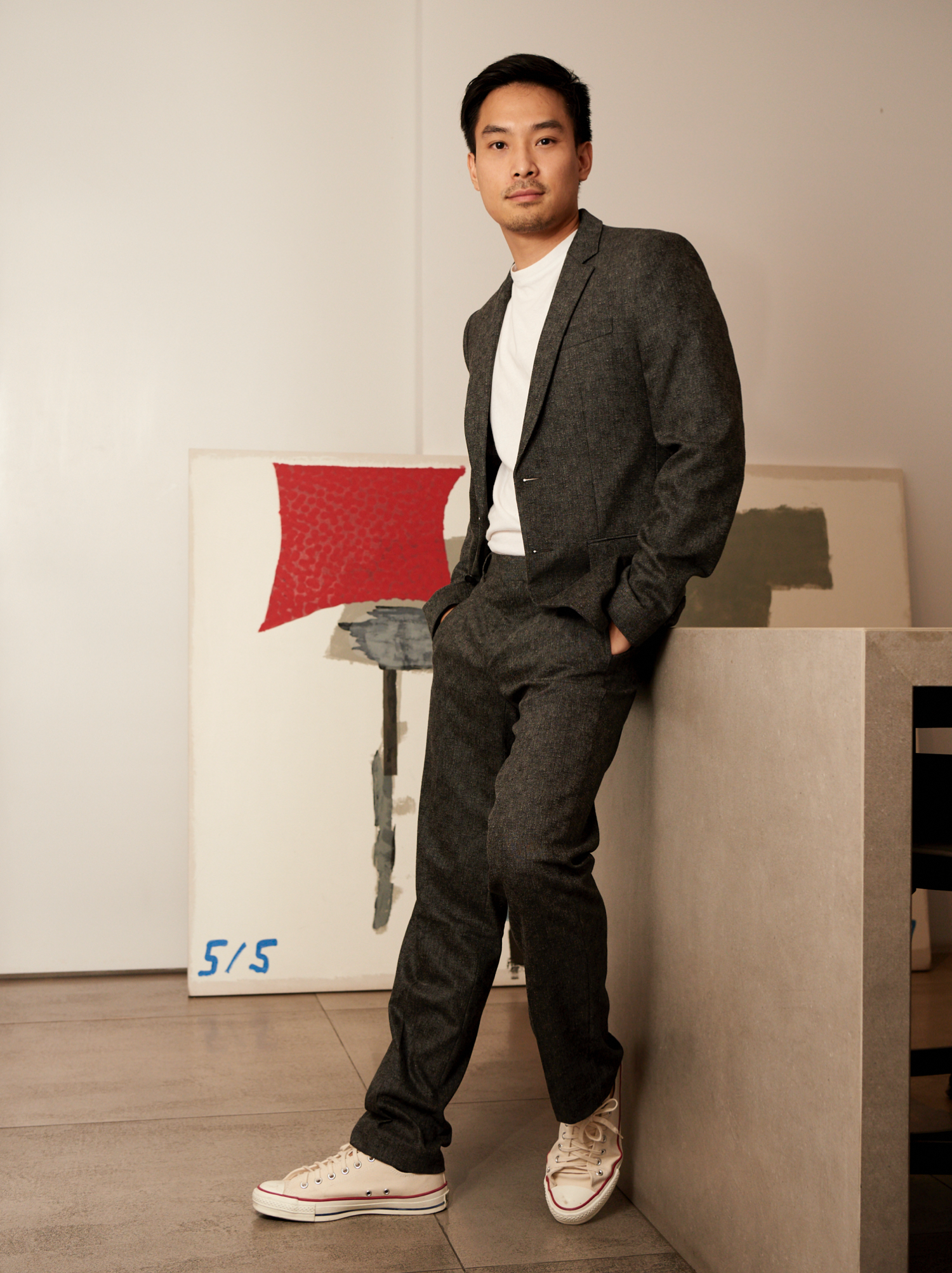
With two successful creative companies under his belt, Rom Sangkavatana has firmly established himself in Thailand‘s budding creative landscape, but as the founder of TOWNHOUSE Space, a new hybrid creative platform to watch in Bangkok, he has suddenly emerged as the protagonist of a new and bolder generation of Thai creatives. Superfuture recently sat down for a chat with the young multitasker, discovering that beside being well-educated and well-travelled, he’s quite well-connected too. However, Sangkavatana rather relies on his infectious anarchistic side to shake things up in the sprawling Thai capital, instilling critical thinking in both young consumers and the established business elite. Indeed, TOWNHOUSE Space is the culmination of ideas and aspirations, but it’s also a cool venue where kindred spirits meet to hang out and learn a thing or two on Sangkavatana’s tightly curated cross-pollination of art, design and culture.
The opening of TOWNHOUSE Space seems like a logical next step in your career. When did you come up with the idea, and also, how easy or difficult was it to get things done? I’ve always had the concept in the back of my mind, ever since I started my career. However, realising the project wasn’t easy because it took time for the project to evolve in my mind, but also, the local market needed to ready and able for something totally new. It took quite some time, really. I grew up when Dover Street Market had just opened in London, and I always went there, simply to get inspired. I remember being mesmerised, it was totally new, but also, it was always on the move, changing and shifting, and not fixated on a tangible form or a specific concept, the store had this great creative energy. I think that store created the spark. But I didn’t intentionally create TOWNHOUSE Space just because I had seen something like that before, but it throughout my creative branding career I’ve created this network of creatives and entrepreneurs, and I always thought of a place where the two could come together in an organic way, but also intentionally. So, the location of TOWNHOUSE Space actually is my father’s former office. About eight years ago, I renovated the ground floor, but only in 2019 did I revamp all floors. You know, I took time to grow accustomed to the building. I organised a string of events here, and two years ago I also set up the Spotlight group exhibition here and the initial idea evolved along the way. I’d like the venue to initially attract local influencers, because I think they’re simply the best kind of spokesperson for something creative, fresh and new, and later on, I also hope to be appealing to a wider audience as well. It’s the strategy me and my team have chosen—we have to carefully position ourself and let the word of mouth effect do its thing. We’d like to democratise art and design because at the moment both are largely perceived as luxury.
You mentioned in an interview that Bangkok simply needed a place like TOWNHOUSE Space. It made us think of the city’s creative scene and how it compares to the more established scenes in Singapore and Hong Kong. What’s your take on this? I’d say the city’s current creative scene is rather dispersed. We don’t have a proper support system like in South Korea and other more developed countries where there’s a proper infrastructure for the arts in general and art galleries, so it’s much less structured here than in Hong Kong and Singapore, but on the other hand you could also say that Bangkok in a way is more creative. Most of the Thai top creative talents are based in London, New York, Zurich and many other cities across the globe. It’s hard for them to grow and expand their skills here in Thailand because it lacks an environment with large international corporations such as Samsung, Toshiba or Sony. Oh, we’ve got Chang and Singha beer alright, but we don’t manufacture sophisticated electronics or technology—Thailand doesn’t have well-rounded brands, only well-known food and beverage products. With TOWNHOUSE Space I’d like to show the local business community or industrial conglomerates that something more experiential could be created in this country. So, showing them that, for example, opening a fancy shopping centre simply isn’t enough, there are so many other ways to engage with consumers. In the bigger picture, there’s a lack of leadership here to go forward. Also, the education system here isn’t sufficient. However, nowadays internet makes circumstances easier, in terms of access to knowledge. I was talking with a good friend of mine about this issue yesterday, about inspiring people to have a development mindset by questioning things. Thai people generally don’t question things, the older generation in particular, and it’s how this country has been run for a long, long time. I believe all this is due to the fact that Thailand has never been occupied by a foreign power, it has always remained independent. We Thai believe strongly in this system we’ve built and relied on for centuries. We’re basically one happy self-sufficient kingdom, ha! But, as said, I’m trying to instil a development mindset in.people, and I’m trying to achieve that by engaging the older generation in a conversation with the younger generation.
You said that the Ari neighbourhood is the only location in Bangkok where TOWNHOUSE Space could’ve been established. What makes this part of town so appealing? Well, Ari originally was an upscale residential neighbourhood, similar to Daikanyama in Tokyo. It’s dotted with fairly large houses, large enough for families and their servants, so it used to have that kind of vibe. It was only three of four years ago that the area started to change into change. Yes, homes all of a sudden became cafés, and I’m talking initiatives by both residents and some people from outside Ari. I also should mention that a lot of foreigners live here because it’s very near to the United Nations offices. It’s simply a pleasant area, and quite similar to the Thonglor neighbourhood.
The concept of TOWNHOUSE Space is inspired by global creative hubs such as New York City, London and Berlin. What’s the appeal of these cities and how do they compare to Bangkok? Fundamentally, Bangkok has the creative energy and potential to be compared with these hubs, but it’s often hidden areas, such as Chinatown, Charoenkrung and even in places where – I probably shouldn’t even mention this – sex tourists hang out, there’s this undeniable energy. It’s not organised but the energy is very evident, just like Mexico City, although it’s not as chaotic. I should specifically mention the current food scene here, it’s very much on the rise because there are quite a few good Thai chefs who also travel around the globe a lot for inspiration. You know, it’s a shame Thai culture never has been properly promoted in order to make it appealing to foreigners. If you go to London or New York for instance, you’ll come across so many really good Thai restaurants with a hipster vibe. Basically, I like the energy and variety of just about anything in these cities, all those different tribes living in one place, it’s what inspired me to mix brands and bring together people.
What can you tell us about the venue’s programme? Are you directly involved with the selection of artists and designers? I constantly try to reinvent myself and my team, simply because we aim to understand what’s happening locally. The venue as a whole was a challenge because of cultural relevance. I wouldn’t be able to apply, let’s say, an Antwerp-inspired or Belgian aesthetics to TOWNHOUSE Space, it simply wouldn’t work here unless there’s a certain edge that enables people to engage with it. Others have tried it with a Dover Street Market-like concept, but it was too high-end and out of reach for the target demographic. So, my biggest challenge was how to tackle the market, tapping into the local talent pool yet make it interesting from an international point of view and with the right aesthetic—not too artsy, but more ‘pop’ for the market to understand. You know, the market here likes South Korean trends, California-style sportswear and Balenciaga‘s futuristic looks, it’s quite tricky to nail it. As for the programming, it’s a collaborative effort of my team and I. We share fifty-fifty with our partners for the workshops and exhibitions. So, we’re co-creating with the many local talents to enable something new to happen. As for criteria, the local creatives we’d like to work with need to have critical thinking skills, be open-minded and speak in a universal language. I know I’ve been emphasising local talent a lot, but if an artist or designer from abroad knocks on the door, I’d certainly be up for a collaboration.
Tell us more about your companies ROM DESIGN, ROM NOW and your operations in London and which effect has COVID-19 had? So, the Egelnick creative studio in London is an affiliated company. A team of 10 to 20 people used to work for my two companies here in Bangkok, but we’ve now rescaled, using a new management system and tailoring the team according to the client’s requirements. Each entity operates independently, working with their own team of people and collaborators. As for COVID-19, it has been fairly easy. You know, in the early stages I already decided to run my company as efficiently as possible, so in terms of management it’s easy. But aligning my operations with the client’s needs is harder, obviously because there’s less face-to-face meetings, so it’s harder to communicate, specifically nuances. My company’s lifestyle, fashion and hospitality portfolio has organically grown. When I started my business I wanted to maintain an open mind and be diverse in terms of assignments, but somehow, my design skills and creative thinking gravitated towards the projects I’ve been doing so far. In terms of production and execution there’s a lot of competition, but when it comes to brand strategy and providing innovative solutions, I think not so much.
In recent years, a number of prestigious shopping centres have sprung up in Bangkok. What’s your take on this development which is so contrary to what you’ve done with TOWNHOUSE Space? I actually don’t understand why these Thai tycoons wanted to open these shopping centres in the first place. But then again, it could also be proof of a strong cultural thing, I mean, for most Thai, shopping centres are like a second home. It’s a one-stop shopping destination, offering just about anything, including spa treatments and all sorts of clinics in some, and all in a clean, comfortable and safe environment. By the way, did you know that King Rama V had an area built in town that’s very similar to avenue des Champs-Elysées in Paris? It’s called Thanon Ratchadamnoen. This project was initiated back in the day to make Thailand look developed and competitive to the outside world, and interestingly, it comes with colonial-style shops. Once again, it’s something which has never been properly marketed, not even among locals, let alone making it appeal to an international audience. There are so many ‘lost’ art pieces, buildings and other things, so many Wes Andersons! There are quite a few global brands with Thai roots, did you know? Hotel and resort chain Aman started out in Phuket, the Mandarin Oriental hotel chain started with the Oriental Hotel in Bangkok, hot chili sauce Sriracha is named after an eponymous Thai coastal town, and also Red Bull has a Thai origin.
What’s good in Bangkok these days? Where do you hang out beside TOWNHOUSE Space, are there any cool spots you could recommend a savvy first-time visitor? You know, my mindset is a cosmopolitan one, so I can hardly call myself a local, let alone being able to give good recommendations, ha! But apart from Ari, I usually hang out in one of the neighbourhoods like Chidlom, Charoenkrung and Sathorn, I go shopping for groceries at Or Tor Kor Market or I’ll go to Ku for drinks, a minimalist bar in a fun area where you’re able to walk around and it’s dotted with bars and eateries
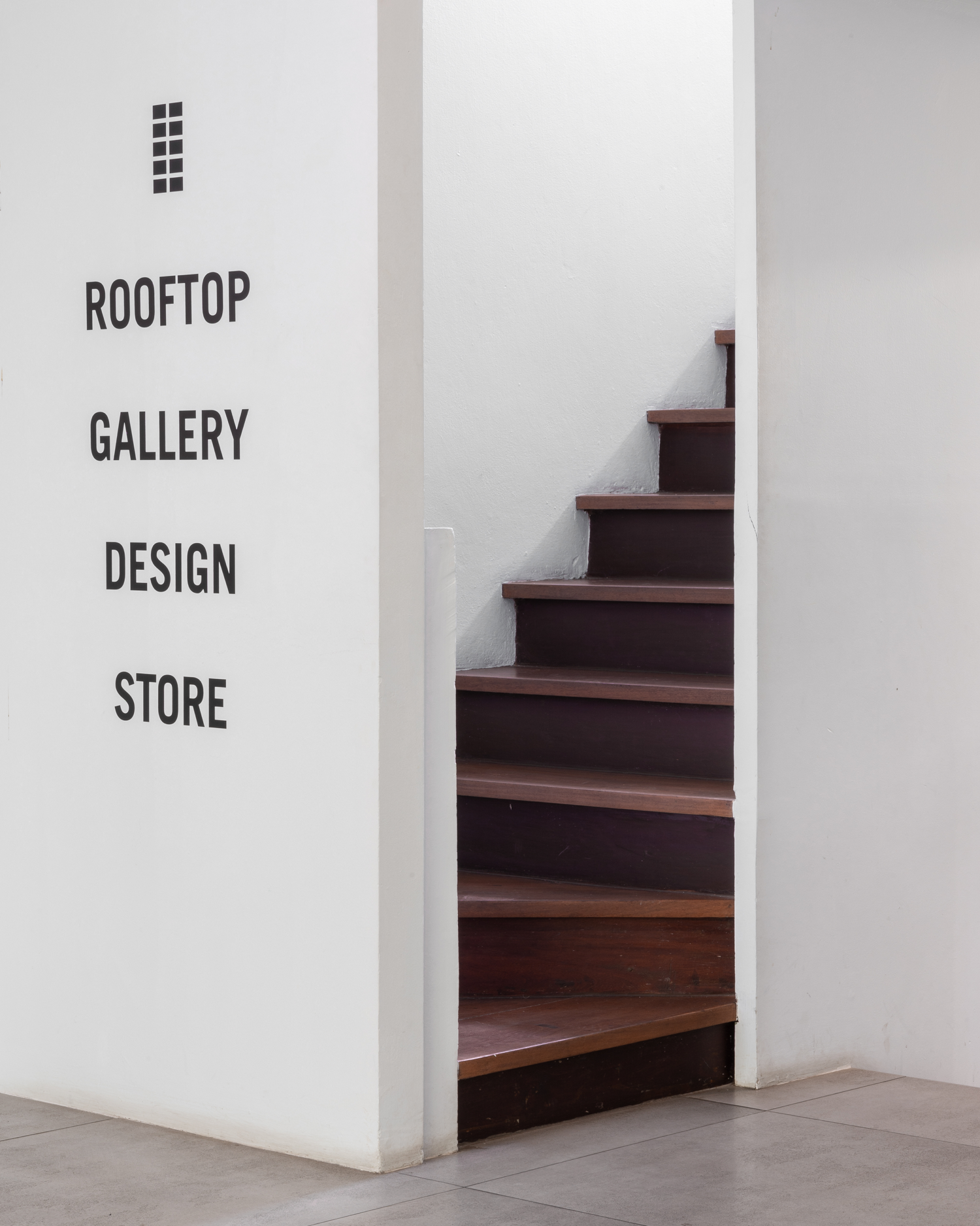
Publishers Note
Just to be clear – superfuture® is a design blog and not a political commentator. No surprise there. The scope of our content has always been global and borderless, however that can often mean covering projects in countries where we will not agree with the politics or actions of those countries. In a world that’s as screwed up as ever right now, the focus of our support is to those designers, architects and other creatives who aim to make the world a more liveable one – as opposed to people that try their hardest to destroy it. So if a project hits our desk and we like it based on its design credentials, we may choose to publish regardless of its location or creators nationality. superfuture® has always been inclusive and hopes for all current wars, aggression, violence, hate and extremism to end.


